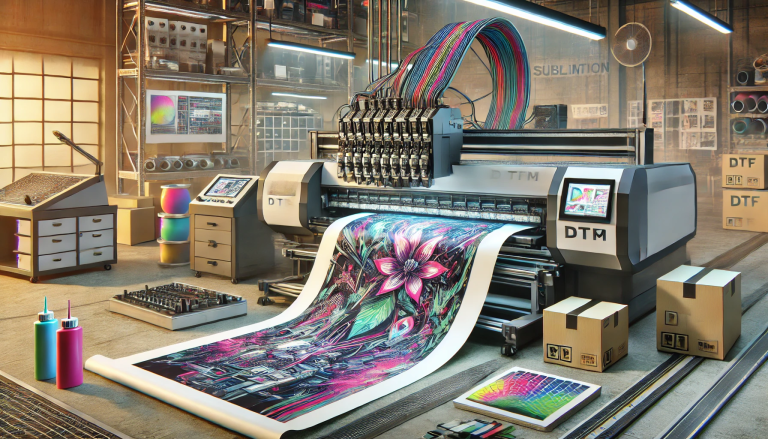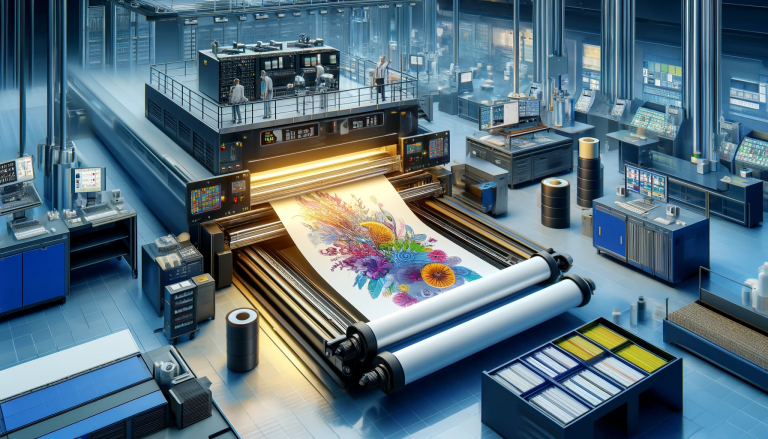In the world of digital printing, innovation is at the forefront of creating high-quality, lasting results. One such innovation is UV DTF (Direct to Film) printing, a technology that leverages UV-curable ink to transfer images onto various materials such as plastic, wood, ceramic, and fabric. An essential component of the UV DTF printing process is the DTF powder. In this blog, we will delve into the differences between white and black UV DTF powder, highlighting how their characteristics impact the final outcome.
What is UV DTF Powder?
Before we start comparing, let’s first clarify what UV DTF powder is. UV DTF powder is a special adhesive powder used in the UV DTF printing process. Once an image is printed onto a film with UV-curable ink, the film is coated with this powder which adheres to the ink. After curing under UV light, the image, now with a layer of UV DTF powder, can be transferred to various substrates. This process creates vibrant, durable prints that can withstand factors like abrasion, water, and UV light.
White UV DTF Powder
White UV DTF powder is often the go-to choice for a variety of applications. It’s well-suited for most colors, making it versatile for an array of designs. The white powder creates a base that helps colors appear more vibrant, ensuring that the prints stand out. This is particularly beneficial when printing on darker or more colorful substrates, where a clear or colored base might not provide the same level of contrast.
Another advantage of white UV DTF powder is its ability to make prints more visible under UV light. This feature is useful in creating products that need to be easily identified in low light conditions, such as concert merchandise, safety gear, or promotional items for night events.
Black UV DTF Powder
On the other hand, black UV DTF powder serves specific niche applications. Its primary use is for darker substrates where a white base could potentially show through and distort the print’s intended colors. Black UV DTF powder provides a rich, deep base for prints on dark materials, ensuring that the colors retain their intensity without interference from the underlying substrate.
Black UV DTF powder is also valuable for creating UV prints with a more muted or vintage look. Prints created with a black base tend to have a softer look, with colors appearing more subdued. This effect can be particularly attractive for specific artistic or aesthetic requirements.
In addition, black UV DTF powder is less reflective under UV light, making it a better choice for applications where glare could be an issue, such as display panels or signage used in brightly lit environments.
Final Thoughts
When it comes to selecting between white and black UV DTF powder, the decision largely hinges on the application’s specific requirements, the substrate’s color, and the desired aesthetic effect.
White UV DTF powder offers a wide-ranging applicability and ensures vibrant, standout prints, particularly effective on darker or colorful materials. In contrast, black UV DTF powder is ideal for dark substrates and specific applications where a muted, vintage look or less reflective surface is desirable.
As UV DTF printing continues to revolutionize the digital printing realm, understanding the distinct characteristics of its components such as the DTF powder will enable businesses to maximize the technology’s potential. By selecting the right UV DTF powder, businesses can enhance the quality of their prints, cater to specific customer requirements, and differentiate their offerings in an increasingly competitive market.




